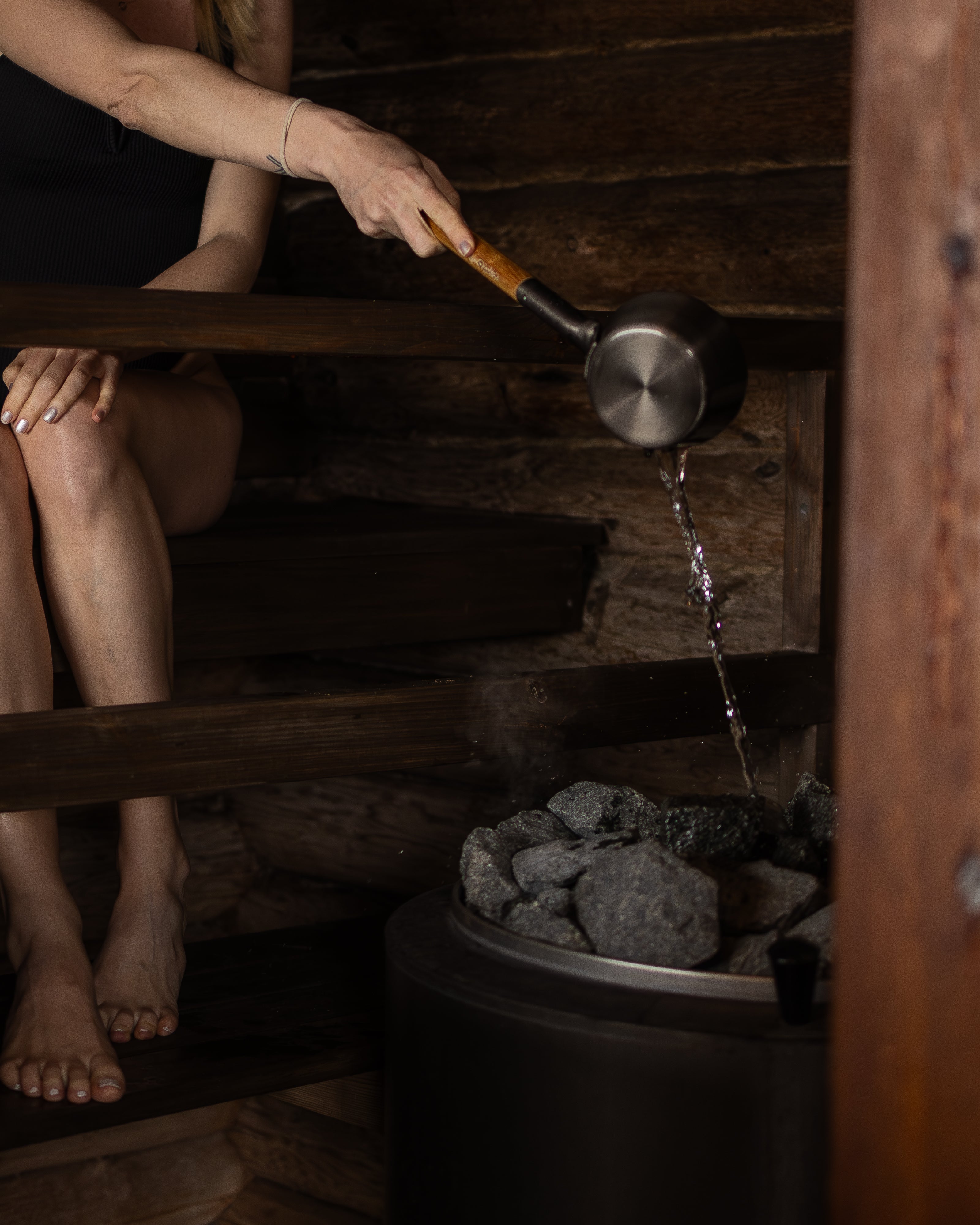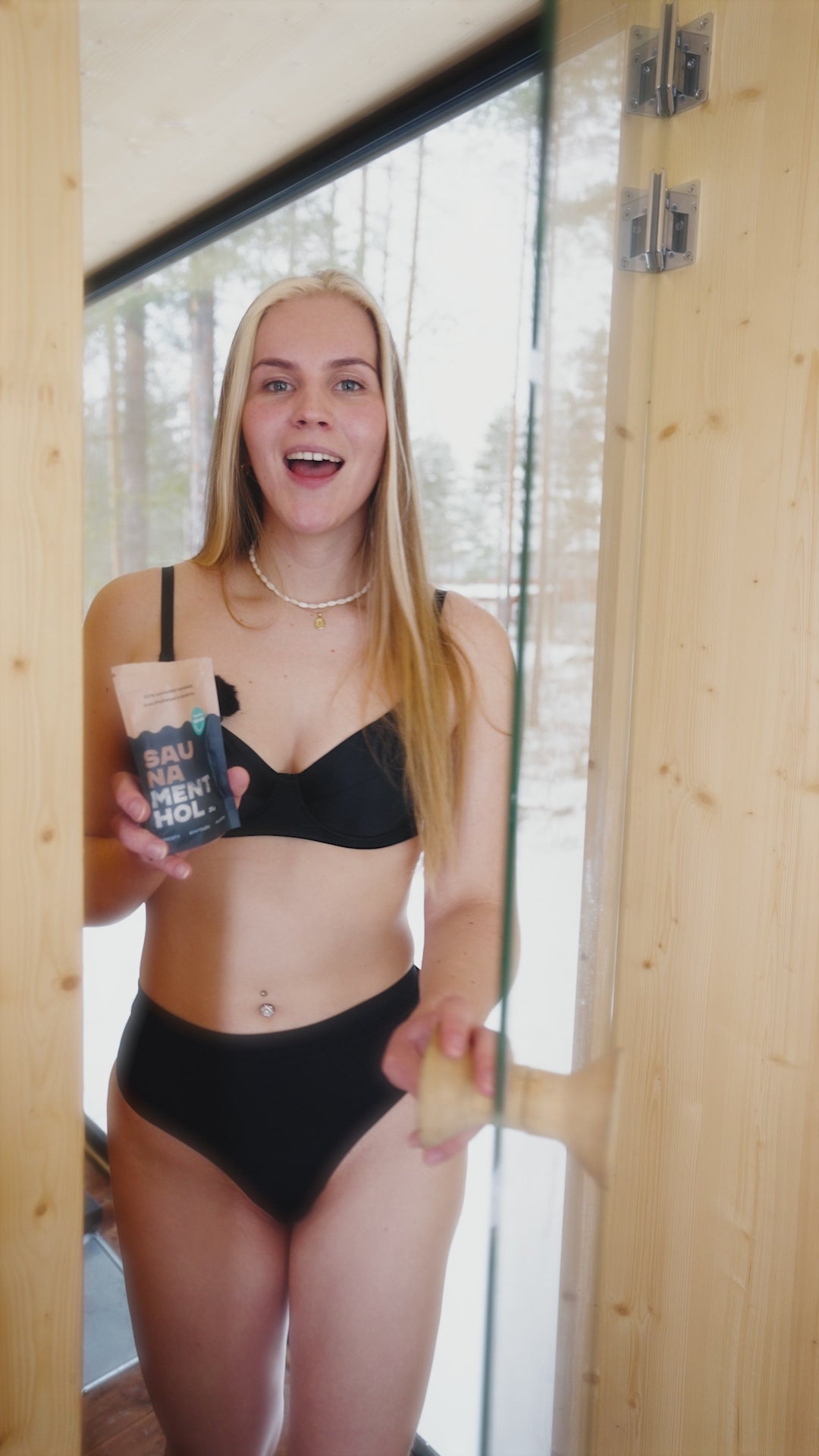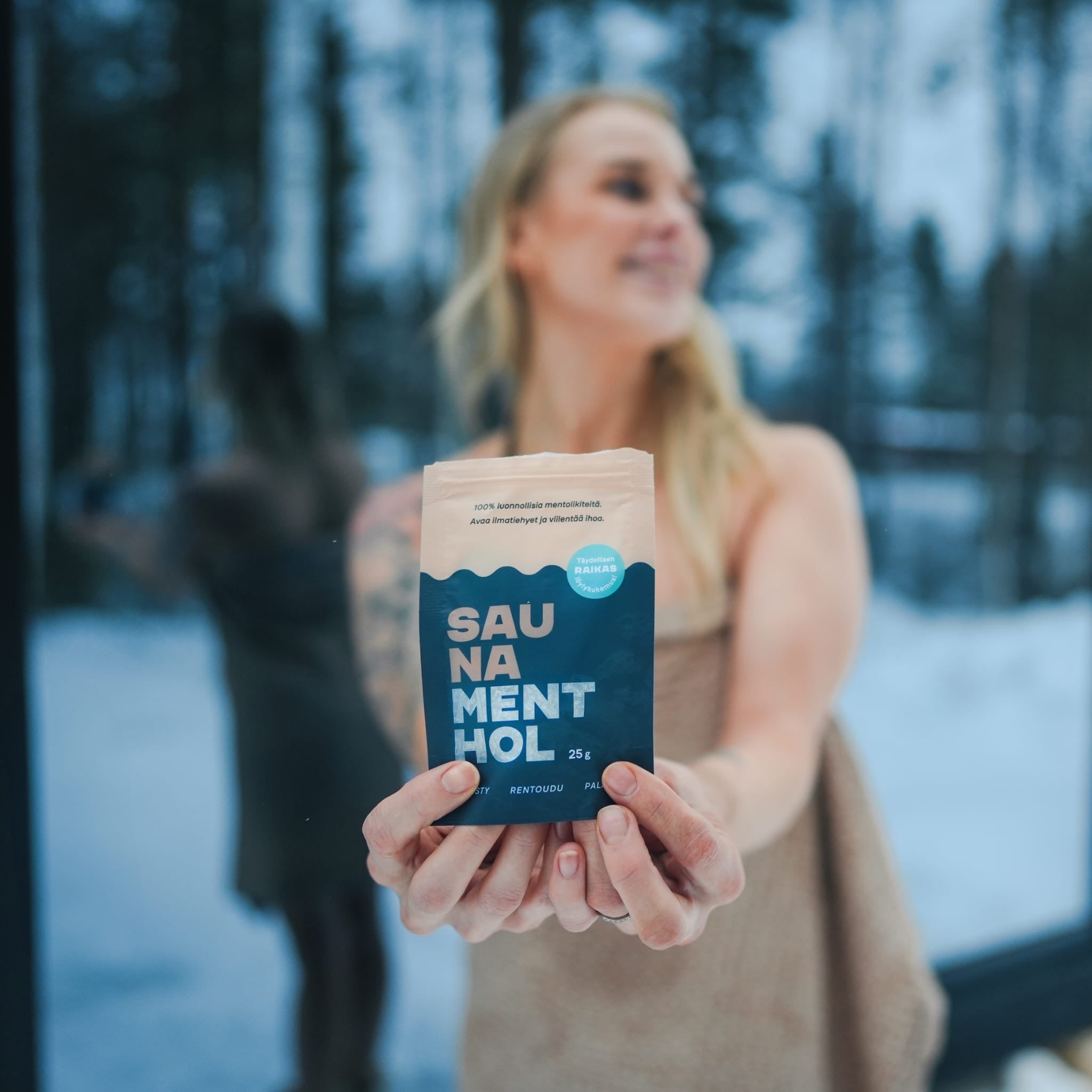Sauna stones are the heart of the Finnish sauna and the recipe for a great sauna experience. They store the heat of the heater and release it as gentle or intense steam when water is poured over it. Although sauna stones may seem simple, their manufacture, properties and maintenance have a significant impact on the entire sauna experience.
Historical background – stones before electric heaters
The use of sauna stones dates back to the time before electricity. In traditional smoke saunas, the stones were heated directly with wood. Choosing the right stones was a meticulous task: they had to withstand intense heat and sudden temperature changes without cracking. Often, dense and heavy stones collected from nature were used, such as peridotite or olivine diabase.
When electric heaters became more common after the mid-20th century, the role of sauna stones did not change – but the size, shape and quality of the stones became standardized with industrial production, becoming a very precise part of the sauna.
So how are sauna stones made?
Today's sauna stones are most often made from natural stone, which is quarried from rock and crushed to a suitable size. Sauna stones are therefore not searched for or collected, but are quarried from predetermined rock materials. The most common materials are:
- Peridotite – a very dense rock, excellent for storing heat
- Olivine diabase – highly resistant to temperature fluctuations
- Gabbro and diabase – dark, hard and long-lasting material
Manufacturing process:
- Quarrying – stone is removed from rock in a mine.
- Crushing – the stone is broken into the desired size, typically into pieces of 5–15 cm.
- Screening – we screen out pieces that are too small and too large.
- Washing – removes dust and stone residue so that the stones do not smell when burned.
- Packaging – stones are usually packed in 20 kg bags or boxes.
Why is changing stones important?
During use, sauna stones deteriorate. They may crack, crumble or collect dust and limescale. Stones in poor condition:
- Reduces the quality of the sauna
- Slows down the heating of the heater
- Loads the heater's resistors or firebox
Stone replacement interval
- For home use : approximately every 1–2 years
- In heavy use (e.g. a housing company sauna) : up to 1–2 times a year
Sometimes it is enough to rearrange the stones – lift them out, remove the crumbled ones, and place the intact ones back in an airy manner. This improves air circulation in the heater.
The correct way to stack stones
- Arrange the stones in an airy manner so that air can circulate around the heating elements or firebox.
- Use larger stones on the bottom, smaller ones on top.
- Avoid stacking the stones too tightly – it slows down the heater and can damage the heating elements.
Special sauna stones and trends
In recent years, special stones, such as soapstone and ceramic stones, have also been introduced to the market. These can be used to influence the softness and appearance of the sauna. For example, soapstone stores heat exceptionally well and releases it for a long time, which is especially suitable for long, peaceful saunas.
Sauna stones and sauna scents
Good sauna stones make the sauna experience even and pleasant – and this is also important when using sauna fragrances. When the heat of the stones is even, for example, Sauna Menthol sauna fragrance evaporates perfectly, releasing a fresh menthol aroma without any bitter aftertastes. Using liquid sauna fragrances does not leave any residue on the sauna stones, as long as they are made completely naturally. For example, Sauna Menthol sauna ice does not contain anything added and is a completely natural sauna fragrance.


























